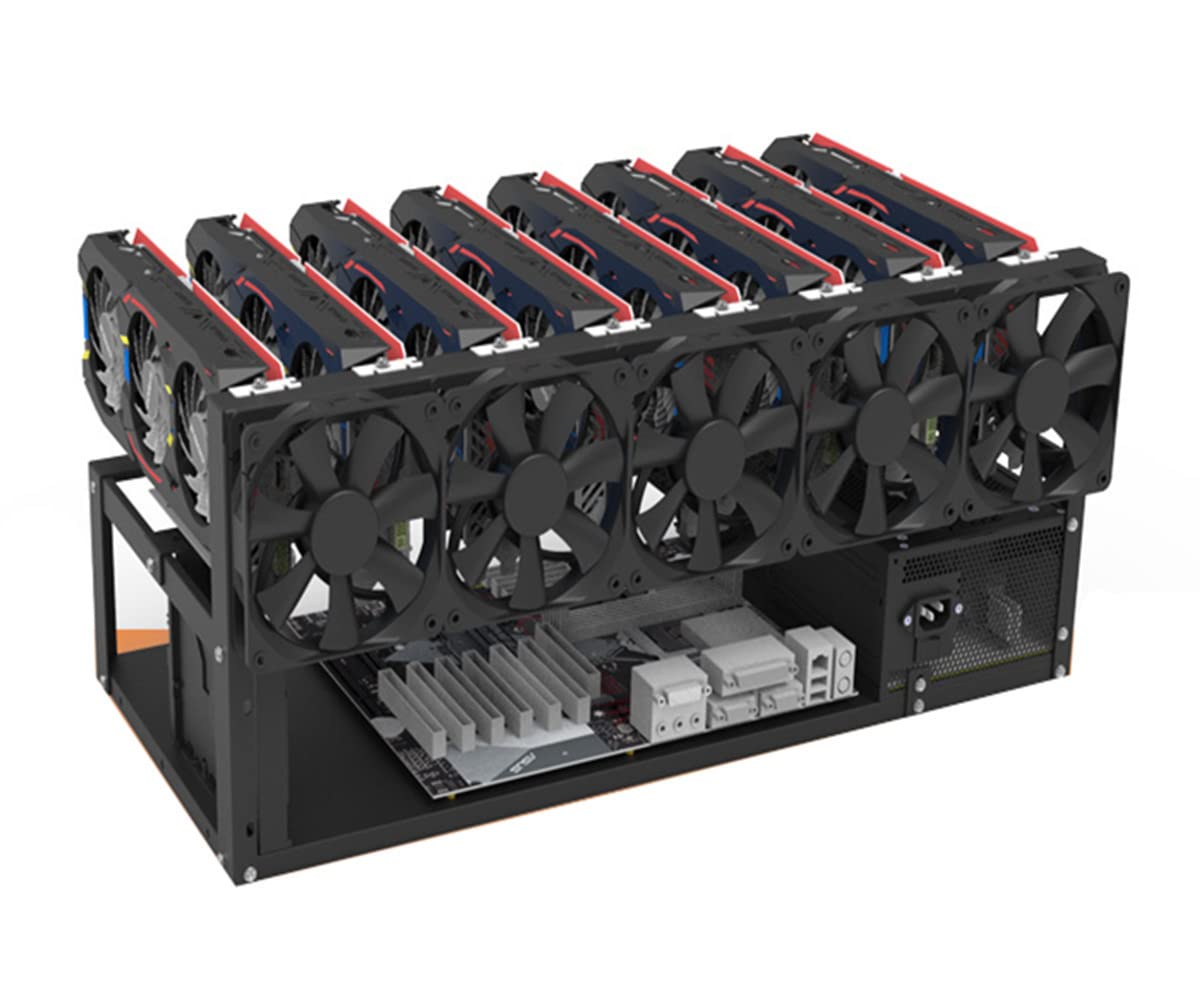Learn everything there is to know about GPU mining, including how to calculate profitability using a GPU mining calculator and how to get the most out of your mining investment.
The use of graphics processing units (GPUs) for cryptocurrency mining has grown in popularity in recent years as a way to possibly generate passive income. Bitcoin, Ethereum, and other altcoins are some of the most prominent cryptocurrencies that can be mined using GPUs.
But before starting a GPU mining business, it’s important to comprehend the essential aspects that affect profitability and learn how to calculate it accurately with a GPU mining calculator.
Understanding GPU Mining Calculators
GPU mining is the process of employing graphics cards’ computational power to solve challenging arithmetic problems, which are essential for confirming transactions and preserving the security of a blockchain network. For their contribution to the network, miners who successfully answer these puzzles are rewarded with cryptocurrency coins.
As different GPUs have differing capacities in terms of hash rate (the pace at which a miner can solve mathematical problems) and power consumption, choosing the right GPU for mining is essential.
A few well-liked GPUs for mining are:
- Nvidia GeForce RTX 3090
- AMD Radeon RX 5700 XT
- Nvidia GeForce 1080 Ti
- AMD Radeon VII
- Nvidia GeForce RTX 3060 Ti
- Nvidia GTX 1660 Super
- AMD Radeon RX 580
- AMD RX 6800
- Nvidia RTX A5000
GPU Mining Calculator
Accurately evaluating profitability to determine future returns on investment is one of the key components of GPU mining. With the aid of a powerful tool called a GPU mining calculator, miners may calculate the profitability of their mining operation depending on a number of factors, such as hash rate, power usage, electricity expenses, and cryptocurrency prices. Using a GPU mining calculator correctly is as follows:
Input the Hash Rate: The hash rate of a GPU determines how quickly it can solve mathematical problems and earn cryptocurrency rewards. It’s crucial to enter the correct hash rate of your GPU in the mining calculator to get an accurate estimate of profitability.
Hash rates are usually measured in MegaHashes per second (MH/s) or GigaHashes per second (GH/s).
Account for Electricity Costs: The cost of electricity is another essential factor that affects mining profitability. Enter the cost per kilowatt-hour (kWh) of electricity in your area in the mining calculator. You can find this information on your electricity bill or by checking with your utility provider.
Consider Power Consumption: GPUs require electricity to operate, and power consumption is a significant factor that affects mining profitability. Enter the power consumption of your GPU in watts (W) in the mining calculator. You can find this information in the specifications of your GPU or by using power monitoring tools.
Consider Cryptocurrency Prices: The price of the cryptocurrency that you are mining also plays a crucial role in determining profitability. Enter the current price of the cryptocurrency in the mining calculator. It’s essential to keep in mind that cryptocurrency prices are highly volatile and can fluctuate significantly.
Account for Mining Pool Fees: Mining pools are groups of miners who join forces to mine cryptocurrencies collectively and share the rewards. However, mining pools charge fees for their services, which can affect profitability. Enter the mining pool fees as a percentage in the mining calculator to get an accurate estimate of profitability.
Consider Other Expenses: In addition to the factors mentioned above, there may be other expenses associated with GPU mining, such as hardware costs, maintenance costs, and transaction fees. It’s crucial to account for these expenses in the mining calculator to get a comprehensive estimate of profitability.
Once you have entered all the necessary parameters in the GPU mining calculator, it will generate an estimate of your potential profitability. The result will typically show metrics such as daily, monthly, and yearly earnings, electricity costs, and net profitability.
This information can be invaluable in making informed decisions about whether GPU mining is a viable venture and which cryptocurrency to mine.
List of best mining GPUs
Nvidia GeForce RTX 3090
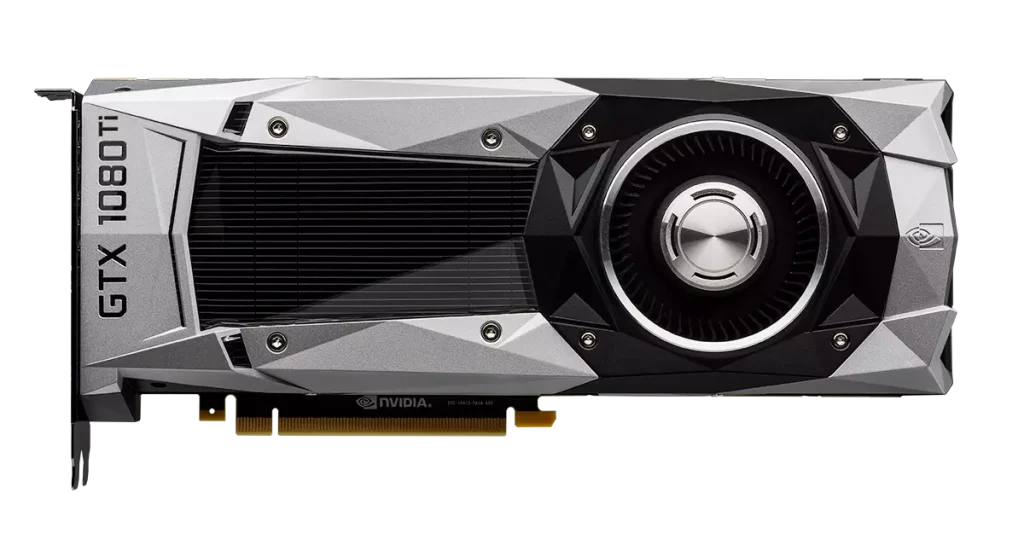
Pros:
- Versatility: The Nvidia GeForce RTX 3090 is not limited to mining Ethereum alone but is also capable of mining other cryptocurrencies, providing flexibility in mining operations.
- High VRAM: With 24 GB of GDDR6X memory, the Nvidia GeForce RTX 3090 can handle large datasets and complex mining algorithms with ease, resulting in better mining performance.
Cons:
- High cost: The Nvidia GeForce RTX 3090 comes with a hefty price tag, making it one of the most expensive GPUs on the market, which may not be feasible for budget-conscious miners.
- Limited availability: The Nvidia GeForce RTX 3090 has faced supply shortages, making it difficult to find and purchase at its retail price, which can impact mining operations and potential profitability.
Specifications:
- Power Consumption: 350 watts
- Hash Rate (Ethereum): Around 120 MH/s
- Profitability (Ethereum): Approximately $12-15 per day (as of current market conditions and electricity costs)
AMD Radeon RX 5700 XT
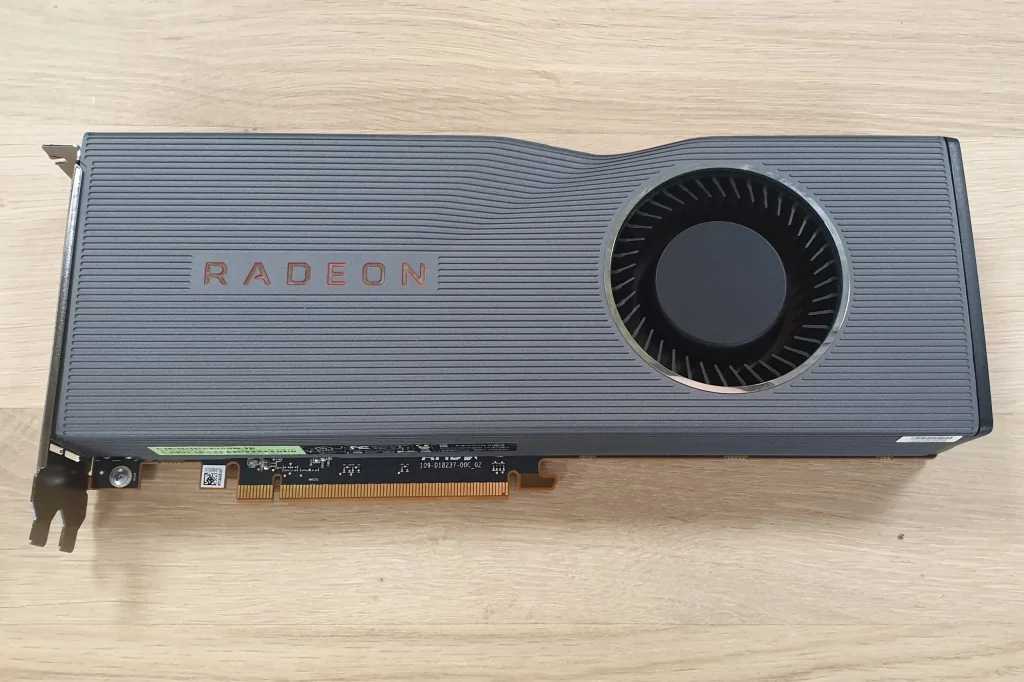
Pros:
- Lower cost: Compared to some of the high-end GPUs, the AMD Radeon RX 5700 XT is relatively more affordable, making it accessible for miners on a budget.
Cons:
- Limited VRAM: The AMD Radeon RX 5700 XT comes with 8 GB of GDDR6 memory, which may not be suitable for mining cryptocurrencies with high memory requirements.
- Potential heating issues: Some users have reported heating issues with the AMD Radeon RX 5700 XT, which may require additional cooling solutions to ensure stable mining performance.
Specifications:
- Power Consumption: 220 watts
- Hash Rate (Ethereum): Around 50-55 MH/s
- Profitability (Ethereum): Approximately $4-6 per day (as of current market conditions and electricity costs)
Nvidia GeForce 1080 Ti
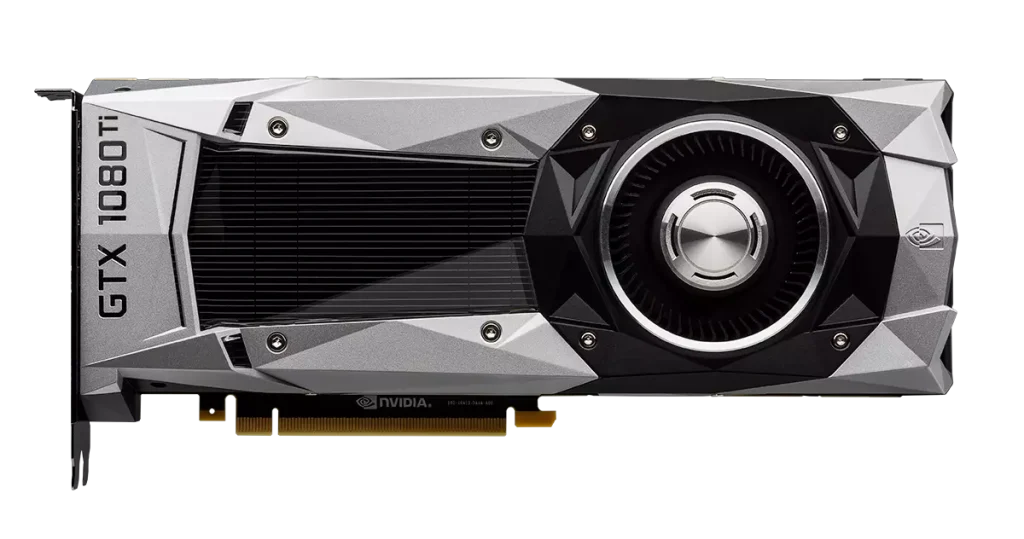
Pros:
- Established technology: Being an older GPU, the Nvidia GeForce 1080 Ti has proven to be stable and reliable for mining operations.
- Lower cost: The Nvidia GeForce 1080 Ti can often be found at a lower cost compared to some of the newer GPUs, making it an affordable choice for miners on a budget.
Cons:
- Higher power consumption: The Nvidia GeForce 1080 Ti consumes more power compared to some of the newer GPUs, resulting in higher electricity costs and potentially lower mining profitability.
- Limited VRAM: With 11 GB of GDDR5X memory, the Nvidia GeForce 1080 Ti may not be suitable for mining cryptocurrencies with high memory requirements.
Specifications:
- Power Consumption: 250 watts
- Hash Rate (Ethereum): Around 45-50 MH/s
- Profitability (Ethereum): Approximately $3-5 per day (as of current market conditions and electricity costs)
AMD Radeon VII
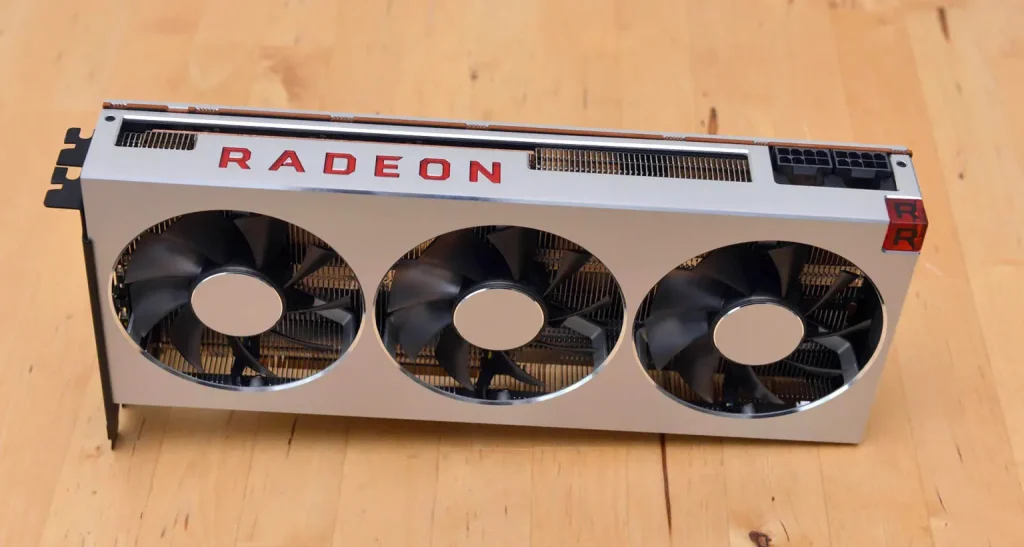
Pros:
- High VRAM: The AMD Radeon VII comes with 16 GB of HBM2 memory, making it suitable for mining cryptocurrencies with high memory requirements.
- Established technology: Similar to the Nvidia GeForce 1080 Ti, the AMD Radeon VII has been in the market for some time and has proven to be stable and reliable for mining operations.
Cons:
- Higher power consumption: The AMD Radeon VII consumes more power compared to some of the newer GPUs, resulting in higher electricity costs and potentially lower mining profitability.
- Limited availability: The AMD Radeon VII has been discontinued, and finding new units may be challenging, impacting potential mining operations and profitability.
Specifications:
- Power Consumption: 300 watts
- Hash Rate (Ethereum): Around 90-100 MH/s
- Profitability (Ethereum): Approximately $8-10 per day (as of current market conditions and electricity costs)
Nvidia GeForce RTX 3060 Ti
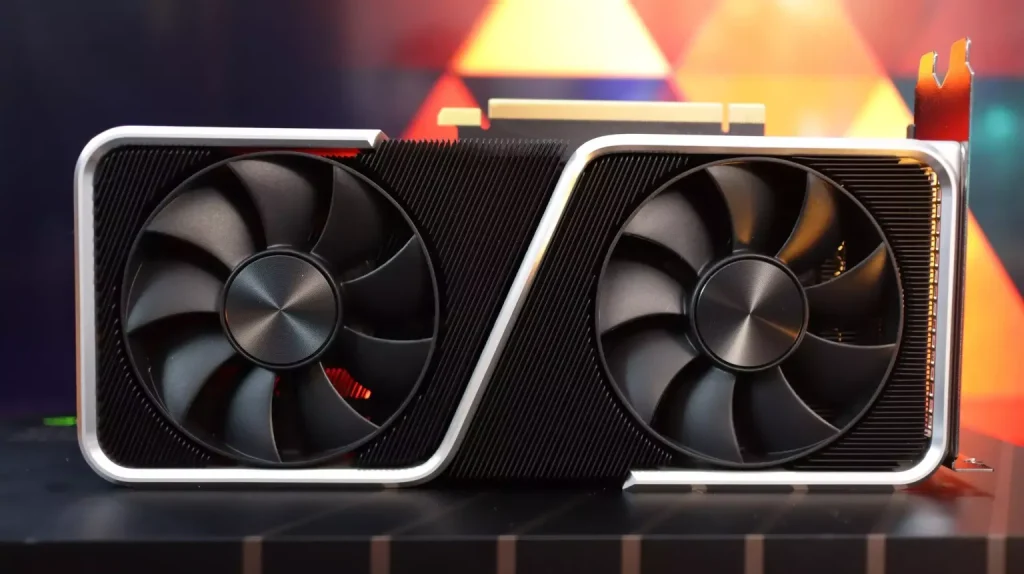
Pros:
- Good availability: Unlike some of the other GPUs on this list, the Nvidia GeForce RTX 3060 Ti is relatively more available in the market, catering to higher demand and potentially better availability for miners.
Cons:
- VRAM limitations: The Nvidia GeForce RTX 3060 Ti comes with 8 GB of GDDR6 memory, which may not be sufficient for mining certain cryptocurrencies with high memory requirements.
Specifications:
- Power Consumption: 200 watts
- Hash Rate (Ethereum): Around 50-60 MH/s (initially, may reduce to around 25 MH/s after hash rate limiter)
- Profitability (Ethereum): Approximately $4-6 per day (as of current market conditions and electricity costs)
Nvidia GTX 1660 Super
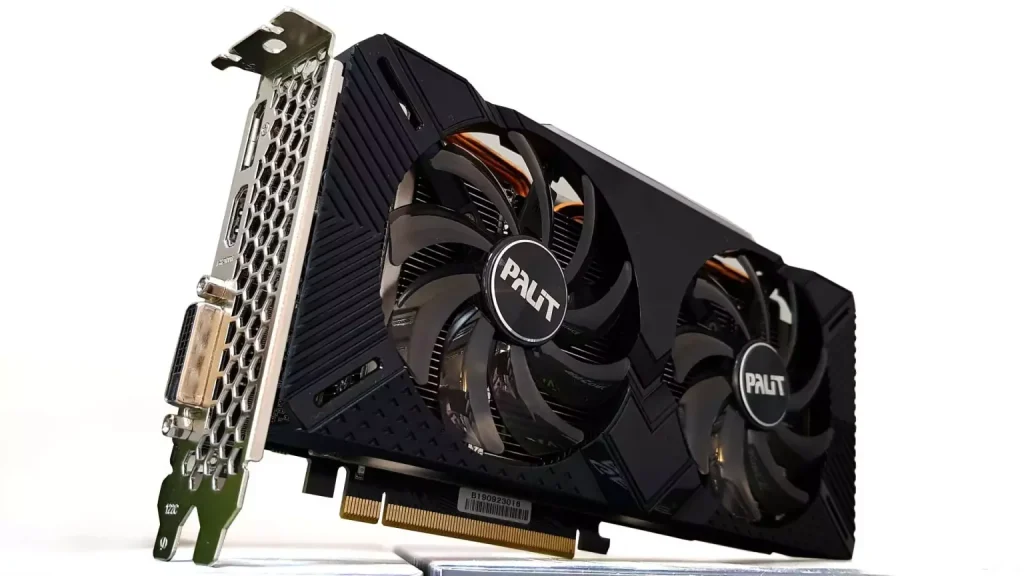
Pros:
- Affordable: The Nvidia GTX 1660 Super is a budget-friendly option, offering decent mining performance at a lower cost compared to some of the higher-end GPUs.
Cons:
- VRAM limitations: The Nvidia GTX 1660 Super comes with 6 GB of GDDR6 memory, which may not be sufficient for mining certain cryptocurrencies with high memory requirements.
Specifications:
- Power Consumption: 125 watts
- Hash Rate (Ethereum): Around 25-30 MH/s
- Profitability (Ethereum): Approximately $1-2 per day (as of current market conditions and electricity costs)
AMD Radeon RX 580
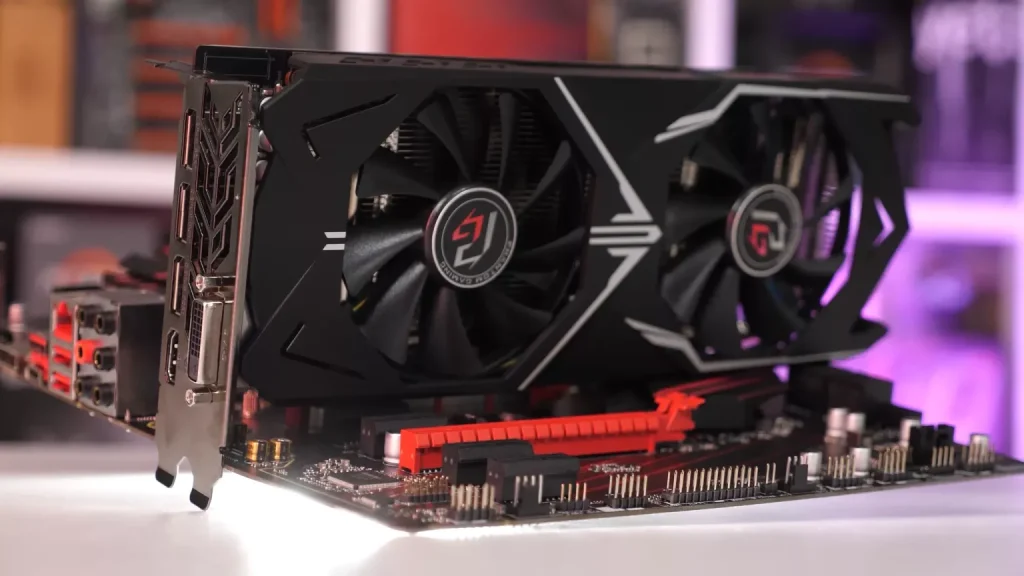
Pros:
- Affordable: The AMD Radeon RX 580 is a budget-friendly option, offering decent mining performance at a lower cost compared to some of the higher-end GPUs.
Cons:
- Higher power consumption: The AMD Radeon RX 580 consumes more power compared to some of the newer GPUs, resulting in higher electricity costs and potentially lower mining profitability.
Specifications:
- Power Consumption: 185 watts
- Hash Rate (Ethereum): Around 20-25 MH/s
- Profitability (Ethereum): Approximately $1-2 per day (as of current market conditions and electricity costs)
AMD RX 6800
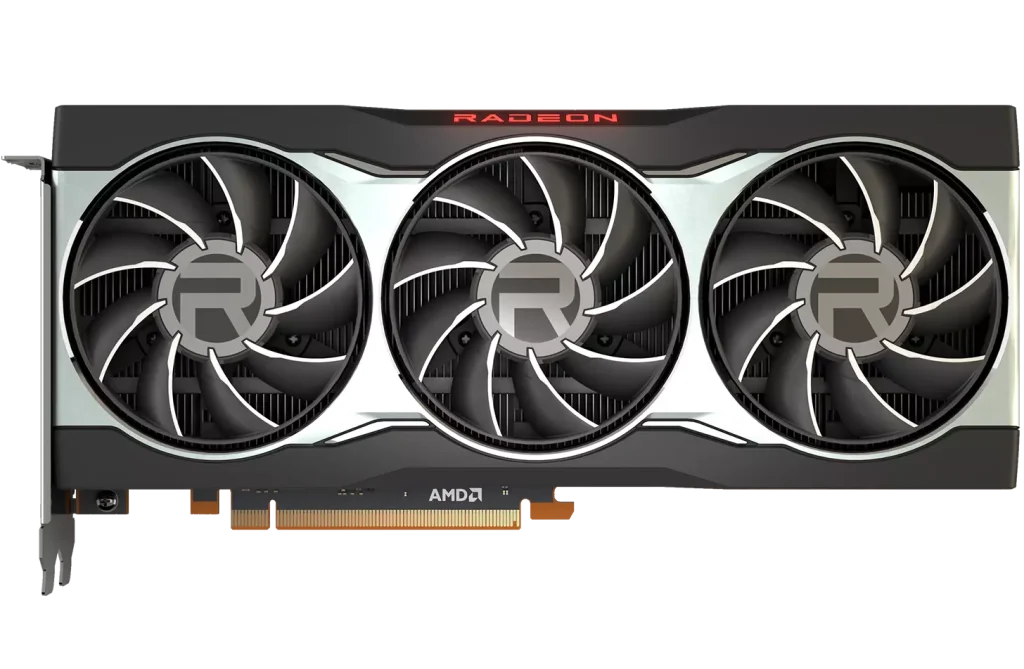
Pros:
- High VRAM: The AMD RX 6800 comes with 16 GB of GDDR6 memory, which is ample for mining various cryptocurrencies with high memory requirements.
Cons:
- Availability and pricing: The AMD RX 6800 may be difficult to find at a retail price due to high demand.
- Newer technology: Being a newer GPU, the AMD RX 6800 may have potential driver issues or compatibility concerns with certain mining software.
Specifications:
- Power Consumption: 250 watts
- Hash Rate (Ethereum): Around 60-65 MH/s
- Profitability (Ethereum): Approximately $7-10 per day (as of current market conditions and electricity costs)
Nvidia RTX A5000
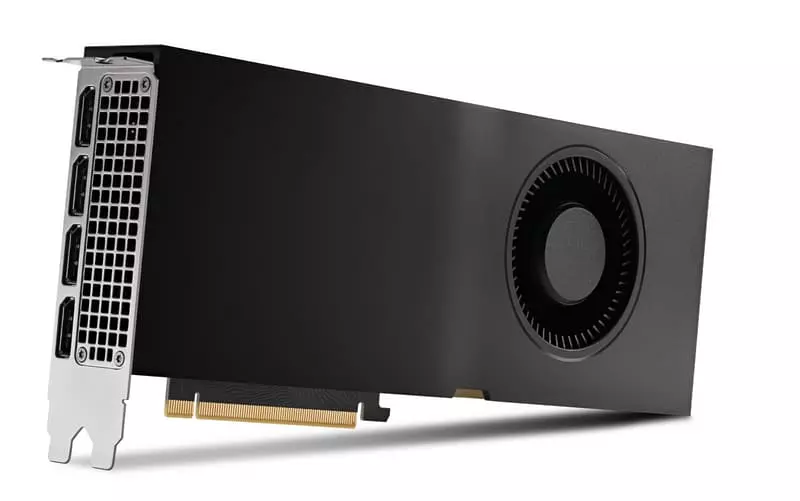
Pros:
- Professional-grade GPU: The Nvidia RTX A5000 is designed for professional workloads and offers high performance for tasks such as rendering, simulation, and machine learning, which can also translate to good mining performance.
- High VRAM: The Nvidia RTX A5000 comes with 24 GB of GDDR6 memory, which is ample for mining various cryptocurrencies with high memory requirements.
Cons:
- Availability and pricing: The Nvidia RTX A5000 is a high-end GPU and may be difficult to find at a retail price due to high demand and potential price markups.
- Overkill for mining: The Nvidia RTX A5000 is a professional-grade GPU and may be overkill for mining operations, as there are other GPUs that offer similar mining performance at a lower cost.
Specifications:
- Power Consumption: 230 watts
- Hash Rate (Ethereum): Around 60-65 MH/s
- Profitability (Ethereum): Approximately $7-10 per day (as of current market conditions and electricity costs)
How To Maximize GPU Mining Returns
While GPU mining can be a lucrative venture, it’s essential to keep in mind that profitability is influenced by various factors that are subject to change. Here are some tips to help you maximize your GPU mining returns:
1. Stay Updated with Cryptocurrency Prices: Cryptocurrency prices are highly volatile and can have a significant impact on mining profitability. It’s crucial to stay updated with the latest cryptocurrency prices and adjust your mining strategy accordingly. Keep an eye on market trends, news, and analysis to make informed decisions about which cryptocurrency to mine and when to sell.
2. Optimize GPU Settings: Tweaking the settings of your GPU can help you achieve higher hash rates and, in turn, increase your mining rewards. Experiment with different settings, such as core clock, memory clock, and power limit, to find the optimal configuration that maximizes your GPU’s performance while keeping power consumption in check. However, be cautious not to push your GPU beyond its safe limits, as it may result in reduced lifespan or even permanent damage.
3. Choose the Right Mining Pool: Joining a mining pool can increase your chances of earning rewards, as it allows you to combine your computing power with other miners. However, not all mining pools are created equal, and they may charge different fees or offer varying reward distribution methods. Do thorough research and choose a mining pool that aligns with your mining goals and offers competitive fees and fair reward distribution.
4. Monitor Electricity Costs: Electricity costs can significantly impact mining profitability, especially if you are mining on a large scale. Keep a close eye on your electricity bills and look for ways to optimize your energy usage. Consider mining during off-peak hours when electricity rates may be lower or explore renewable energy sources, such as solar or wind, to reduce your electricity costs and increase your overall profitability.
5. Keep Hardware Up-to-Date: The cryptocurrency mining landscape is constantly evolving, and newer GPUs with higher hash rates and lower power consumption are regularly released. Upgrading your hardware to the latest models can potentially increase your mining returns by improving hash rates and reducing electricity costs. However, be mindful of the upfront costs associated with upgrading hardware and carefully consider the potential returns before making any investments.
6. Practice Risk Management: GPU mining, like any investment, involves risks. Cryptocurrency prices can be highly volatile, and mining profitability can change rapidly. It’s crucial to practice risk management by not investing more than you can afford to lose and diversifying your mining portfolio across different cryptocurrencies to mitigate risks. Keep a contingency plan in case of adverse market conditions, and be prepared to adapt your mining strategy accordingly.
Top FAQs about GPU Mining
Q: Is GPU mining profitable?
A: GPU mining can be profitable, but it depends on various factors such as the hash rate of your GPU, electricity costs, cryptocurrency prices, and mining pool fees. Using a GPU mining calculator can help you estimate the potential profitability of your mining venture.
Q: How do I choose the right GPU for mining?
A: When choosing a GPU for mining, consider factors such as hash rate, power consumption, and cost. Look for GPUs that offer a good balance between hash rate and power consumption and fit within your budget. Popular GPUs for mining include Nvidia GeForce GTX 1080 Ti, AMD Radeon RX 5700 XT, and Nvidia GeForce RTX 3060 Ti.
Q: What are the risks associated with GPU mining?
A: GPU mining involves risks such as fluctuating cryptocurrency prices, changes in mining difficulty, and electricity costs. Additionally, there are upfront costs associated with purchasing GPUs and other mining equipment. It’s important to practice risk management by not investing more than you can afford to lose and diversifying your mining portfolio.
Q: Can I mine multiple cryptocurrencies with the same GPU?
A: Yes, many GPUs are capable of mining multiple cryptocurrencies. However, the profitability of mining different cryptocurrencies may vary depending on factors such as hash rate, mining difficulty, and cryptocurrency prices. It’s important to research and choose the most profitable cryptocurrencies to mine with your specific GPU.
Conclusion
GPU mining can be a profitable venture for those willing to invest in the necessary hardware and resources. By using a GPU mining calculator, staying updated with cryptocurrency prices, optimizing GPU settings, choosing the right mining pool, monitoring electricity costs, keeping hardware up-to-date, and practicing risk management, miners can maximize their mining returns.
However, it’s important to remember that mining profitability is subject to various factors that can change over time, and careful research and planning are essential for success in the ever-evolving world of cryptocurrency mining.


